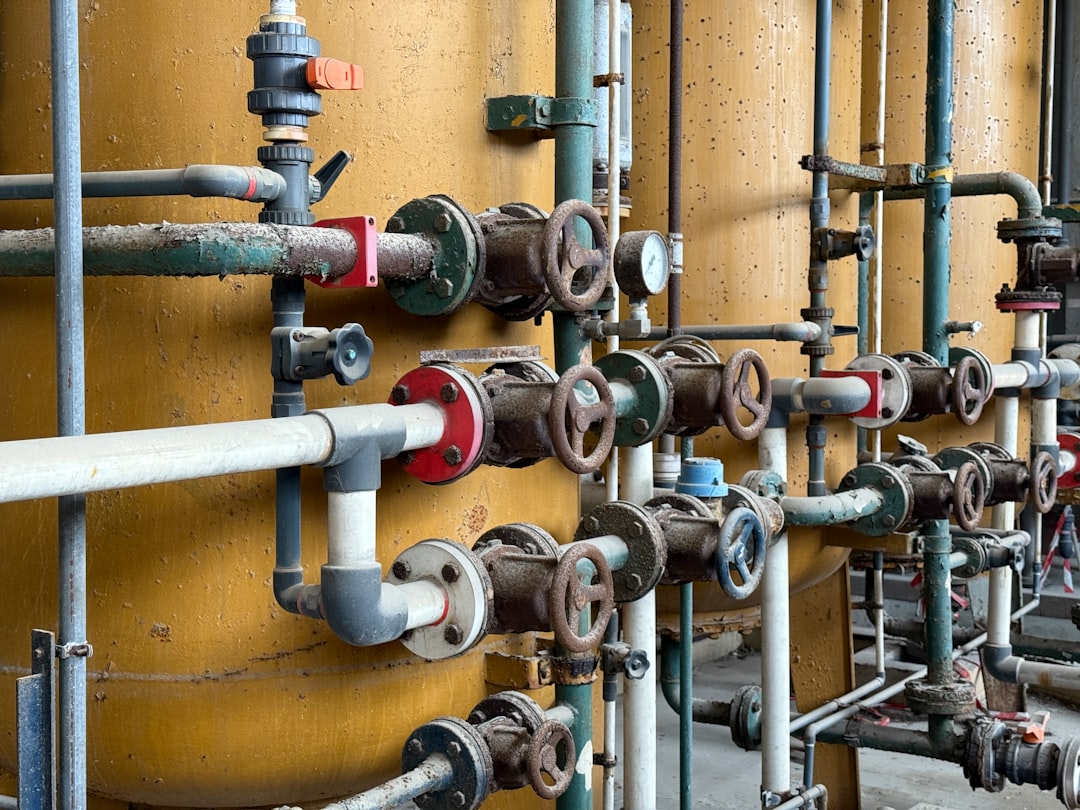body { font-family: sans-serif; line-height: 1.6; }
h1, h2, h3 { color: #333; }
ul { list-style-type: disc; margin-left: 20px; }
High-pressure piping systems are essential components in numerous industries, from oil and gas to chemical processing and power generation. However, the inherent risks associated with handling high-pressure fluids demand meticulous attention to safety. A single failure can lead to catastrophic consequences, including property damage, environmental pollution, and serious injury or even death. This comprehensive guide delves into the critical aspects of high-pressure pipe safety, equipping you with the knowledge to mitigate risks and ensure a safe working environment.
1. Material Selection: The Foundation of High-Pressure Pipe Safety
Choosing the right material is the cornerstone of a safe high-pressure piping system. The selection process must consider several factors, including the fluid being transported (its temperature, pressure, corrosiveness, and viscosity), the operating environment (temperature fluctuations, exposure to sunlight, soil conditions), and the desired lifespan of the system. Common materials include:
- Carbon Steel: Widely used due to its strength and cost-effectiveness, but susceptible to corrosion. Requires proper coatings or linings for corrosive fluids.
- Stainless Steel: Offers superior corrosion resistance, making it ideal for aggressive chemicals. Various grades exist, each with different properties and cost implications.
- Alloy Steels: Designed for specific applications, such as high-temperature or high-pressure environments. They often possess enhanced strength and corrosion resistance.
- Non-Metallic Materials: Such as plastics (e.g., PVC, HDPE) and fiberglass-reinforced polymers (FRP), are used for specific applications where corrosion resistance is paramount. However, they may have limitations regarding pressure and temperature tolerance.
Proper material selection requires a thorough risk assessment and adherence to relevant industry standards and codes.
2. Regular Inspection and Maintenance: Preventing Catastrophic Failures
Regular inspection and maintenance are crucial for identifying potential problems before they escalate into major incidents. A comprehensive inspection program should include:
- Visual Inspections: Regularly checking for signs of corrosion, erosion, leaks, dents, or other damage.
- Non-Destructive Testing (NDT): Employing techniques like ultrasonic testing (UT), radiographic testing (RT), and magnetic particle testing (MT) to detect internal flaws.
- Pressure Testing: Periodically testing the pipe system to ensure it can withstand the operating pressure. This involves pressurizing the system to a specified level and monitoring for leaks or other anomalies.
- Leak Detection Systems: Implementing advanced leak detection technologies, such as acoustic emission monitoring, to identify leaks early on.
A well-defined maintenance schedule, incorporating preventative measures and corrective actions, is essential for maintaining the integrity of the high-pressure piping system.
3. Pressure Testing: Validating System Integrity
Pressure testing is a critical aspect of ensuring the safety of high-pressure piping systems. This process involves pressurizing the system to a level exceeding the maximum operating pressure to identify any weaknesses or leaks. The testing procedure should adhere to established standards and codes, and should be performed by qualified personnel. Key considerations include:
- Test Pressure: Determining the appropriate test pressure based on design specifications and relevant codes.
- Testing Method: Selecting the appropriate testing method (hydrostatic, pneumatic, or other) based on the system’s characteristics and the type of fluid being used.
- Monitoring and Data Recording: Accurately monitoring pressure and temperature throughout the test and recording the results for future reference.
- Post-Test Inspection: Carefully inspecting the system after the test for any signs of leaks or damage.
Thorough documentation of the pressure testing process is vital for demonstrating compliance with safety regulations and for future reference.
4. Adherence to Safety Regulations and Standards: Legal Compliance and Best Practices
Operating high-pressure piping systems requires strict adherence to relevant safety regulations and industry standards. These regulations vary depending on the location and industry, but generally cover aspects such as:
- Design and Construction: Specifications for materials, fabrication, and installation.
- Inspection and Testing: Frequency and methods for inspections and pressure tests.
- Operating Procedures: Safe operating practices and emergency response protocols.
- Personnel Training: Training requirements for personnel working with high-pressure systems.
- Emergency Response Planning: Procedures for handling leaks, ruptures, or other emergencies.
Staying updated on the latest regulations and standards is crucial for ensuring compliance and minimizing risks.
5. Emergency Procedures and Response: Minimizing the Impact of Failures
Despite meticulous planning and maintenance, failures can still occur. Having a well-defined emergency response plan is crucial for minimizing the impact of such events. The plan should include:
- Emergency Shutdown Procedures: Clear steps for safely shutting down the system in case of an emergency.
- Leak Containment Procedures: Methods for containing leaks and preventing further damage.
- Evacuation Procedures: Safe and efficient evacuation procedures for personnel in the vicinity.
- Emergency Contact Information: A readily accessible list of emergency contacts, including local authorities and emergency services.
- Post-Incident Investigation: Procedures for investigating the cause of the incident and implementing corrective actions to prevent future occurrences.
Regular drills and training exercises are essential for ensuring that personnel are familiar with the emergency procedures and can respond effectively in a crisis.
High-pressure pipe safety is not just a matter of compliance; it’s a commitment to protecting lives, property, and the environment. By diligently following these guidelines and prioritizing safety, industries can effectively manage the risks associated with high-pressure piping systems and create a safer working environment for everyone.
SEO Tags:
high-pressure pipe safety, pressure pipe inspection, high-pressure piping systems, pipe pressure testing, industrial pipe safety




